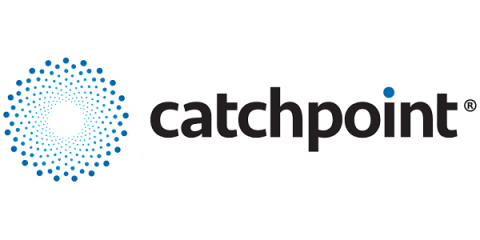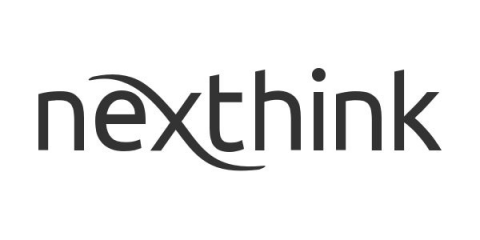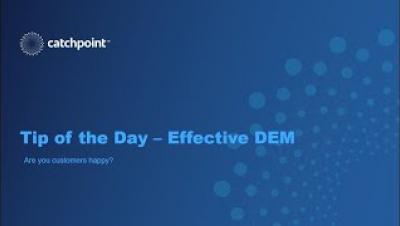Operations | Monitoring | ITSM | DevOps | Cloud
DEM
Updating VPN certificate expiration across the remote workforce | Remote Experience Demo Series
Remote Working: Manage critical remote service performance | Product Demo
Three Ways to Improve Service Reliability
The move to a more hybrid and distributed application architecture has pushed cloud providers to offer higher availability. Availability has become the key differentiator among competitors. The focus on offering higher and higher availability comes at the cost of other vital performance factors such as service reliability. This blog discusses some of the important takeaways from our recent on-demand webcast on improving service reliability.
Shadow IT: Why Tech Support Comes Up Short
The catchphrase “shadow IT” has always been a bit misleading in the world of tech support. Is using Dropbox instead of Google Drive akin to committing some seedy act in a dark alleyway? Jokes aside, it seems tech support’s real problem has less to do with terminology and more to do with the way they approach shadow IT. Their aim is often near-sighted because their tools hold them back.
Back to Work, How IT Can Reopen The Office
I have good, bad, and good news for you. Let’s start with the first good news: After three months of uncertainty, several countries are starting to reopen their economies and plan their way out of the pandemic. It appears there is finally some light at the end of the tunnel.
Take It From Fujitsu: Digital Employee Experience Is Everything
There has been a lot of talk about transforming employees’ digital experiences, but what does this really mean, and how can it be achieved? This is what Nexthink and its partner Fujitsu are solving each and every day. Employee experience refers to the evaluation that employees make regarding their work environment.
Tip of the Day - Effective DEM
Remote Working: VPN Problems? Discovering IT's 'Aha' Moment
The recent shift to remote work has been anything but subtle for millions of people and their companies. And like many in IT Ops, our customers have been preoccupied with maintaining an error-free VPN experience. But that’s often easier said than done. Luckily for them, VPN issues that would normally take weeks to resolve are being turned around in minutes with Nexthink’s patented technology.
300 Tickets & Counting: Clearing Up Confusion Over Multi-Factor Authentication
Most remote employees are probably familiar with a security practice known as multi-factor authentication (MFA), even if they cannot technically define it. If you’ve ever tried to complete an online purchase and were met with a string of security questions or received a one-time password (OTP) on your mobile device—then you’ve participated in an MFA process.









